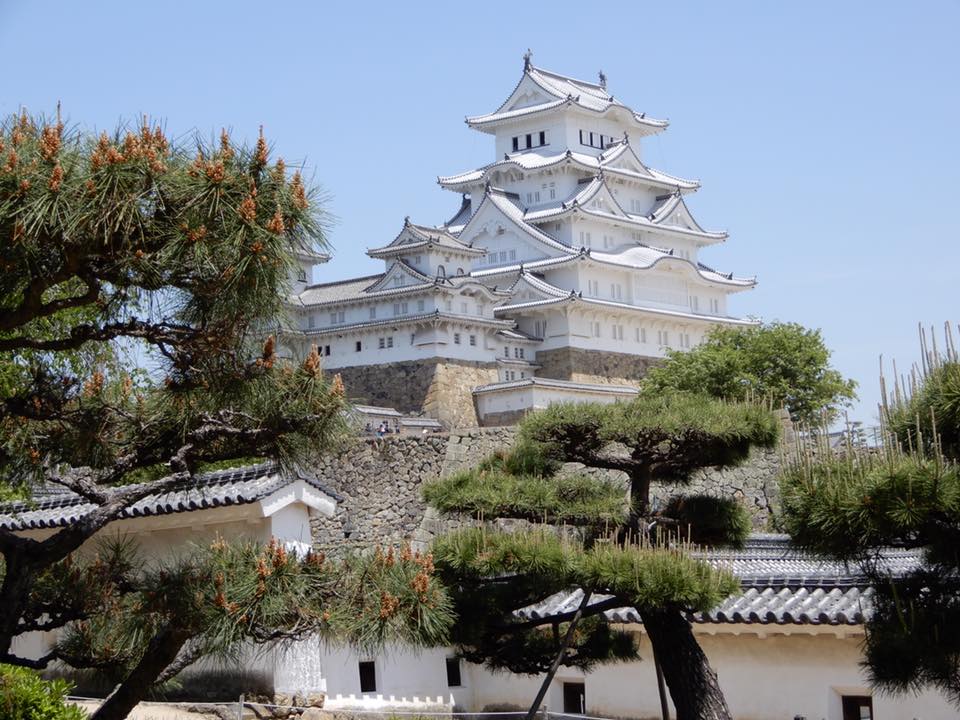May 25, 2022
The Yukata Matsuri Festival in Himeji
The yukata is a garment similar to a kimono worn in summer, particularly at matsuri (festivals). It is so popular some festivals celebrate it; these are called Yukata Matsuri. The original yukata festival takes place every June in Himeji — a city in Kansai famous for its castle.
About the Yukata
The yukata dates back to the Heian Period, which lasted from the late 8th century to the late 12th century. It was originally worn as a bathrobe with nothing underneath, like underwear, and never outside the home. The first Yukata Matsuri in Himeji changed all this, leading to the transformation of yukata into an informal alternative to a kimono.
The History of Yukata Matsuri
The festival in Himeji was held for the first time almost 300 years ago. It came about because the Lord of the Himeji Domain, Sakakibara Masamine, moved the Osakabe Shrine out of the castle and into downtown Himeji. This move allowed everyone — not just the samurai — to visit this shrine dedicated to the local god Himeyama.
To commemorate the moving of the shrine, Sakakibara Masamine wanted to hold a festival on the summer solstice. However, many people didn’t have the time or the funds to prepare a formal kimono. To ensure they were still able to attend, they were allowed to wear yukata — and from this day on, a tradition was born.
What Happens at the Festival Today?
The main event at Yukata Matsuri is a parade of people in yukata. In addition, you can see some particularly beautiful yukata at the fashion shows on the stage set up at Jonan Park, where there are also concerts and other performances throughout the day. Many stalls sell food and offer games in the surrounding area, such as shooting galleries, catching goldfish, and haunted houses.
Wearing a Yukata
You may like to wear a yukata yourself to attend the festival. Since yukata comes in various colors, designs, and styles, they’re now popular with people of all ages, and it’s easy to find one that reflects your personality. A complete outfit also has a juban (undergarment made of cotton), obi (sash), geta (clogs), sensu (paper fan), and kinchaku (cotton bag). However, just wearing a yukata, obi, and sandals is fine. Many people use an obi that’s already tied into a ribbon. Make sure you wrap the yukata with the left side over the right side — the opposite wrap is used for funerals, and people will notice (seriously!).
Free Entry to Top Sites
Many of the top places in Himeji are accessible for free to those wearing yukata during the festival. This access includes the castle, the zoo, the Museum of Fine Arts, Koko-en garden, the Prefectural Museum of History, and the Museum of Literature. You can also take Himeji City Bus for half price and receive discounts on items in many shops.
Most of the women and children who attend the festival wear yukata, but the majority of men wear regular casual clothing. If you don’t feel comfortable wearing a yukata (or you don’t feel that it’s worth buying one), it’s still worth attending the festival for the fashion, food, and entertainment.
Floodmfx, CC0, via Wikimedia Commons


About the author